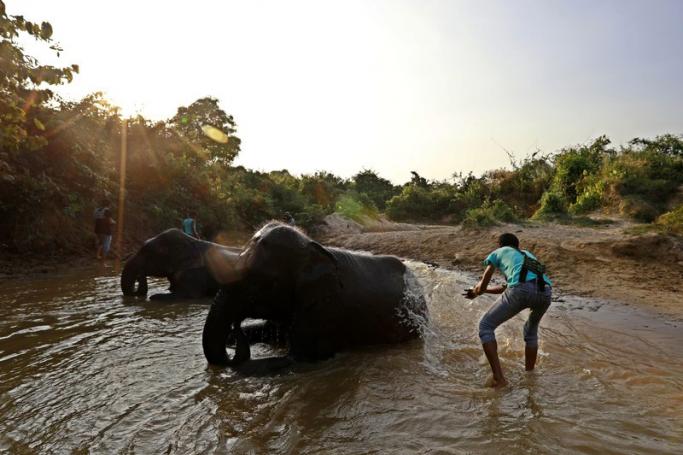Concerns have been voiced about the lives and future of captive elephants in Myanmar, according to a report by the environmental magazine, Mongabay.
As the Myanmar government moves to rein in deforestation, thousands of captive elephants trained to haul logs in Myanmar may lose the care and protection they received when working.
A government body that owns more than 2,900 captive elephants has turned to ecotourism to raise funds to care for the elephants, but it’s not enough.
Releasing the elephants into the wild presents its own difficulties, including increased risks of human-wildlife conflict and poaching.
Private owners, strapped for cash, may be forced to kill their elephant and sell its parts, or sell it alive to another country.
While researchers are working to improve the survival rates of Myanmar’s working elephants, available work is declining across the country as the government tries to conserve the remaining teak forests.












